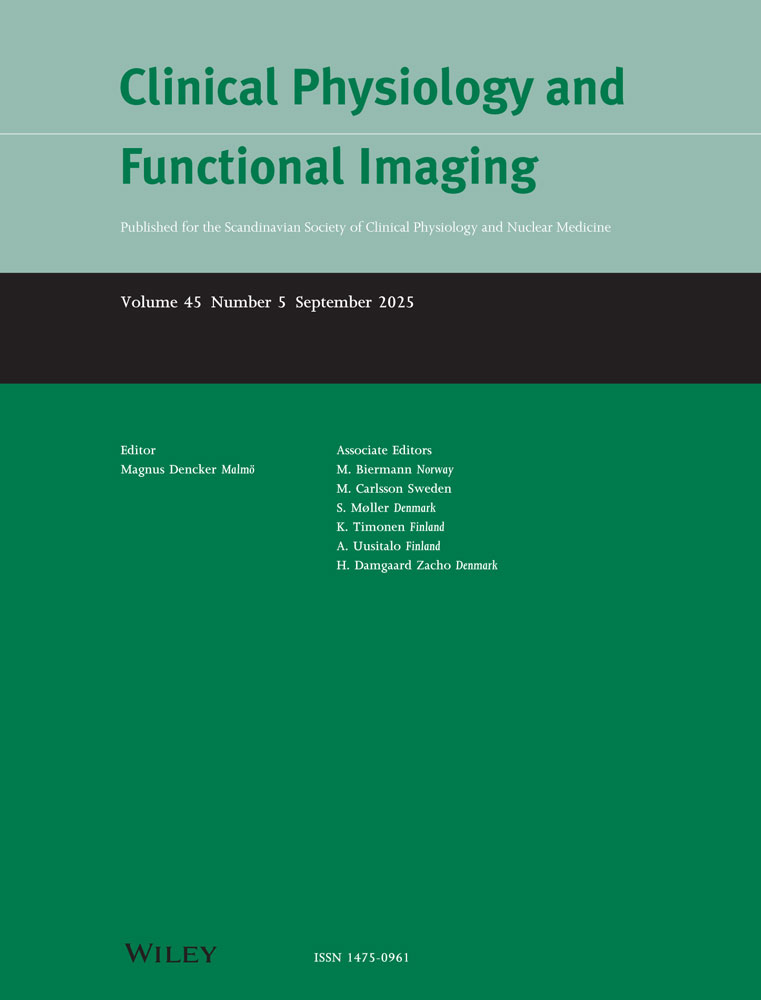Plasma cholesterol ester transfer protein and distribution of cell cholesterol among plasma lipoproteins in vitro in distance runners and sedentary men
Abstract
Summary. Plasma cholesteryl ester transfer protein (CETP) activity and distribution of red blood cell (RBC) cholesterol among plasma lipoproteins during incubation of blood were determined in 14 distance runners and 10 sedentary men. Mean plasma CETP activity was similar in the runners (31% 10 μl-1 18 h-1) and the sedentary men (32% 10 μl-1 18 h-1). There was significantly (P<0.05) greater accumulation of cell cholesterol in the HDL fraction (runners: 0.33 mmol 1--1; sedentary men: 0.23 mmol l-1) which comprised a significantly (P<0.05) larger proportion of the total amount of cell cholesterol lost to plasma (runners: 89%; sedentary men: 64%) in incubated blood from the runners. The results of this study suggest that in distance runners, high HDL concentrations are not accompanied by reduced plasma CETP levels but in conjunction with low triglyceride-rich lipoprotein levels in plasma, may promote preferential distribution of cell cholesterol into the ‘antiatherogenic’ HDL fraction.




